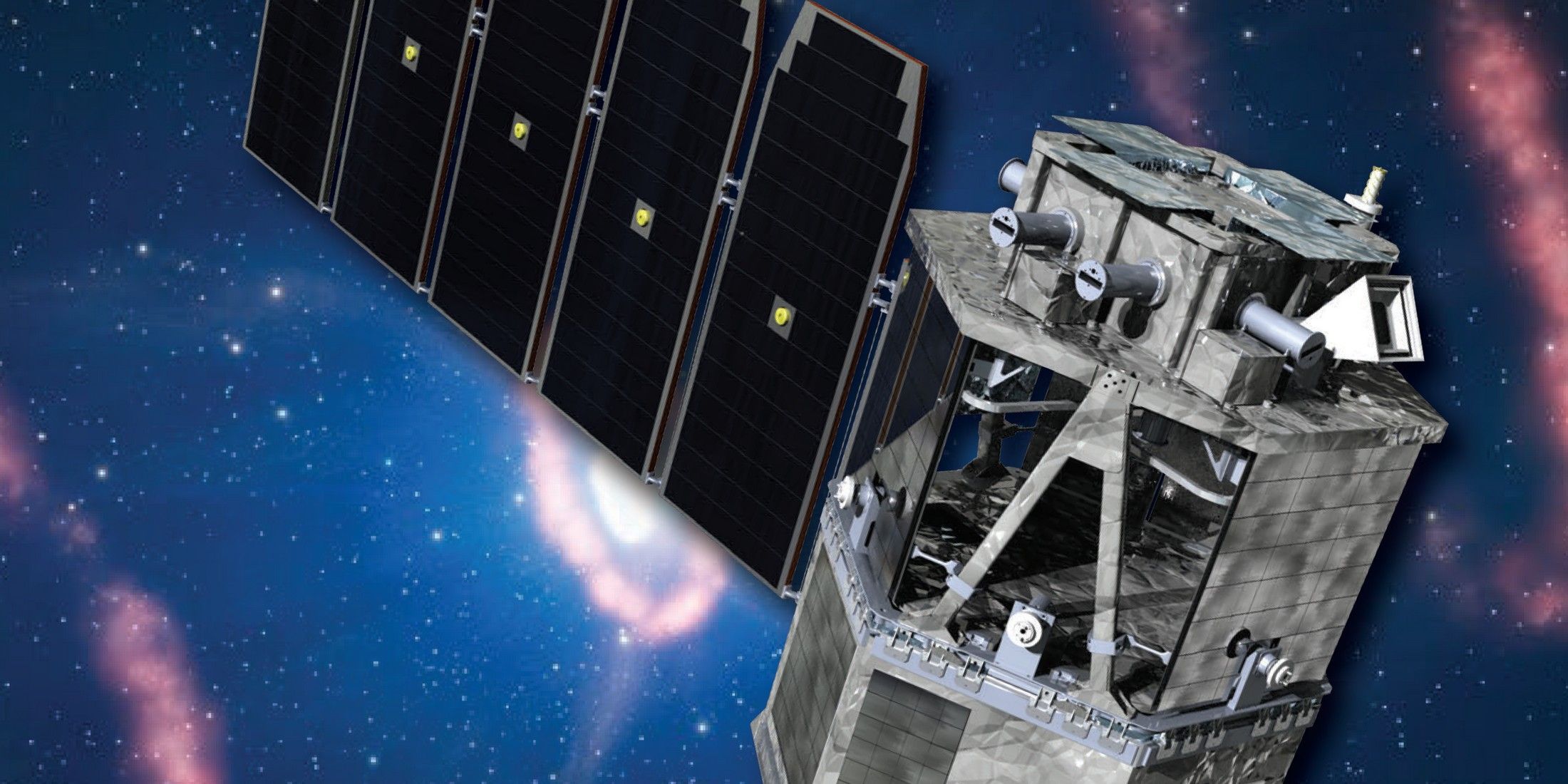NASA's Approves New Space Telescope To Study Chemical In The Milky Way

NASA has greenlit the development of its next small astrophysics mission — a space telescope called COSI that will explore the Milky Way by studying the formation of chemicals in the galaxy via gamma-ray observations. When it comes to learning the chemical evolution of interstellar matter, scientists study the known universe across the electromagnetic spectrum to observe all forms of radiation, including gamma-rays.
Gamma-rays are quite fascinating as they originate from energetic events such as a star’s explosion, a black hole devouring matter, or a massive collision between celestial bodies. On Earth, gamma-rays are produced during a nuclear explosion, a man-made cataclysmic event that might one day save the planet from an asteroid impact. Gamma-rays essentially serve as the fingerprint for detecting high-energy cosmic events. Due to their short-wavelength, gamma-rays are observed using detectors containing densely packed crystals, resulting in a phenomenon called Compton scattering.
The new space telescope commissioned by NASA relies on this very phenomenon to do its job. Called the Compton Spectrometer and Imager (COSI), the machine is expected to launch in 2025 and is said to cost $145 million for the whole mission, minus the launch expenses. The core objective of the COSI mission is to study the formation of chemical elements in the Milky Way and gather more information about events such as the creation of stars and their eventual death. The telescope’s field of view covers 25 percent of the visible sky, and it employs no less than sixteen 3D-imaging, high spectral resolution germanium detectors (GeDs). The COSI project was selected from among a group of 18 submissions submitted back in 2019 as part of the space agency's Astrophysics Explorers program.

COSI, which is a soft gamma-ray survey telescope, will particularly study gamma-rays radiating from atoms that come into existence due to events such as a supernova, essentially tracing the chemical history of the Milky Way galaxy. It will also aim to unravel the mystery of positrons — subatomic particles with the same mass as electrons but with opposite charges. Or, in simple words, positrons are at the anti-particle for electrons. The space telescope will also aim to discover sites of nucleosynthesis in the galaxy. For the unaware, nucleosynthesis refers to the process of creating atomic nuclei using particles such as protons and neutrons. It is believed that the first atomic nuclei were formed minutes after the Big Bang explosion.
While developing the project, the team focused on improvements in key areas such as sensitivity, spectral resolution, and sky coverage to ensure that COSI can help make some groundbreaking discoveries. COSI’s strength lies in soft-gamma-ray observation, a range that is critical for the study of massive stars’ evolution and supernova explosions. The NASA telescope will map the emission of specific Iron and Aluminum isotopes and look out for Titanium isotope traces appearing in the aftermath of supernova explosions.
Source: NASA
Source: Screenrant
Post a Comment